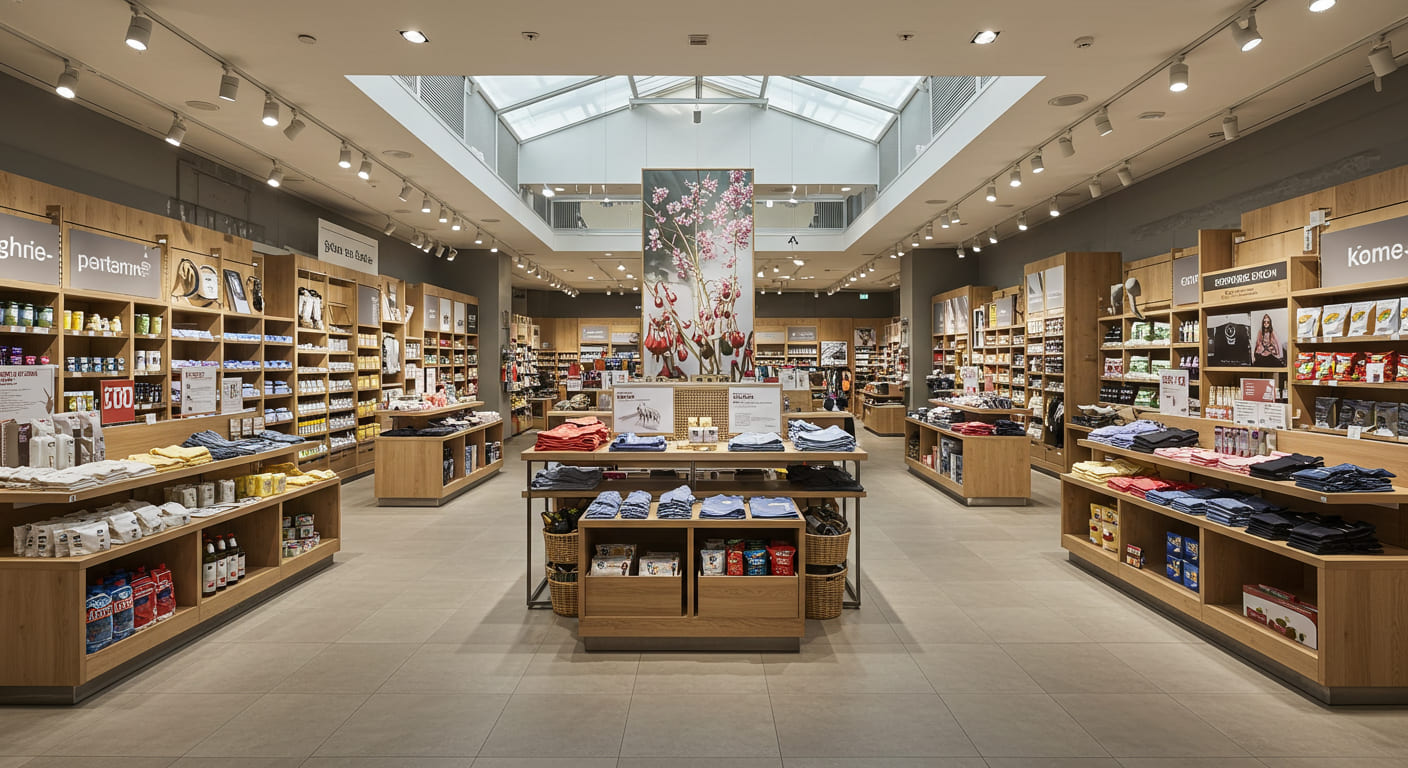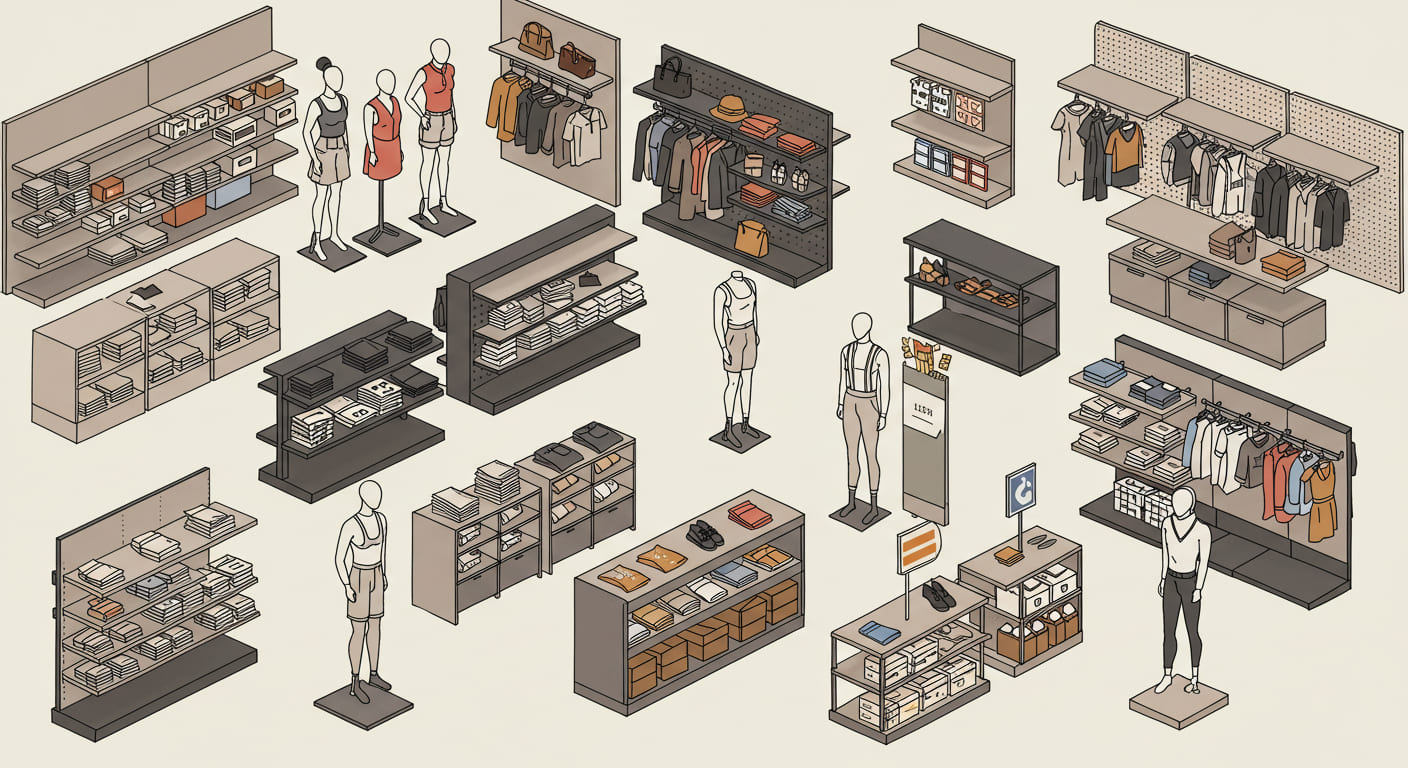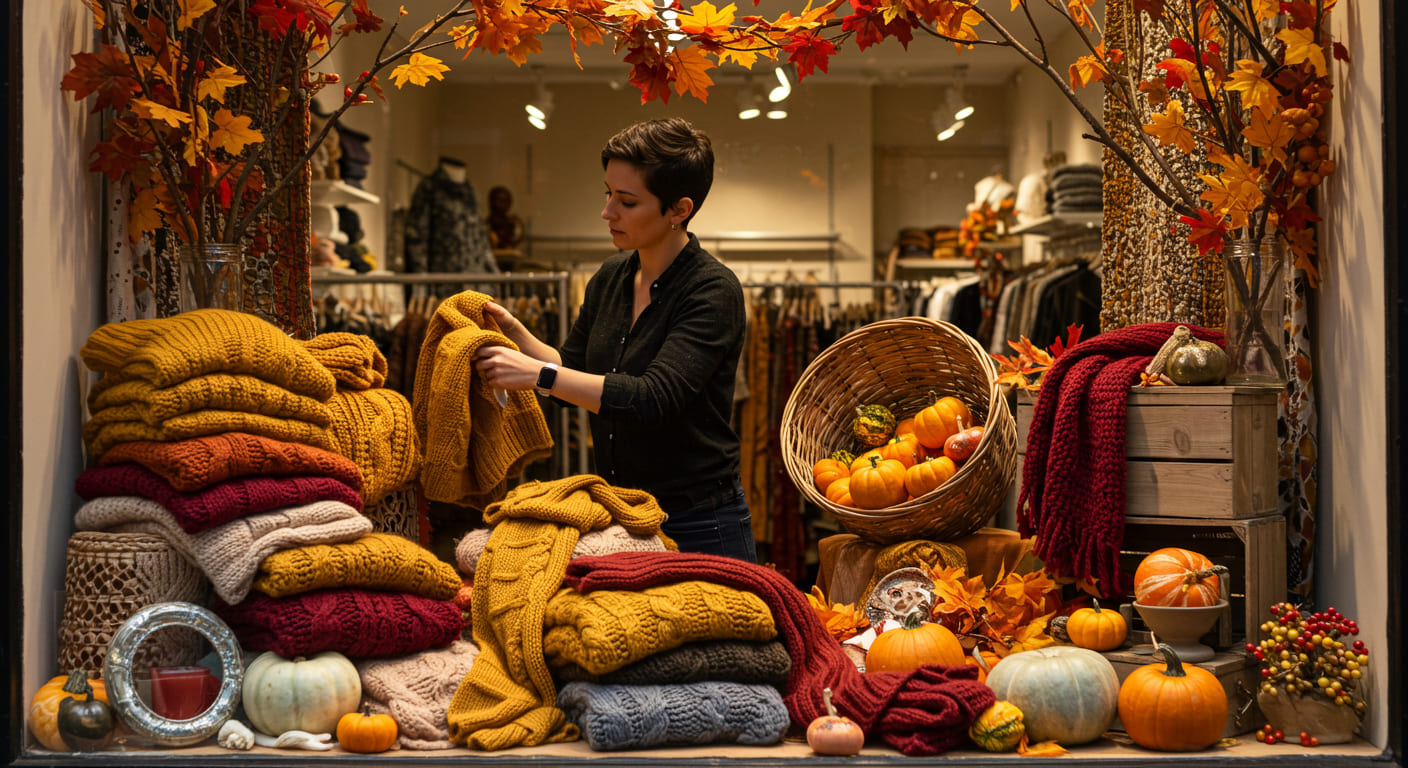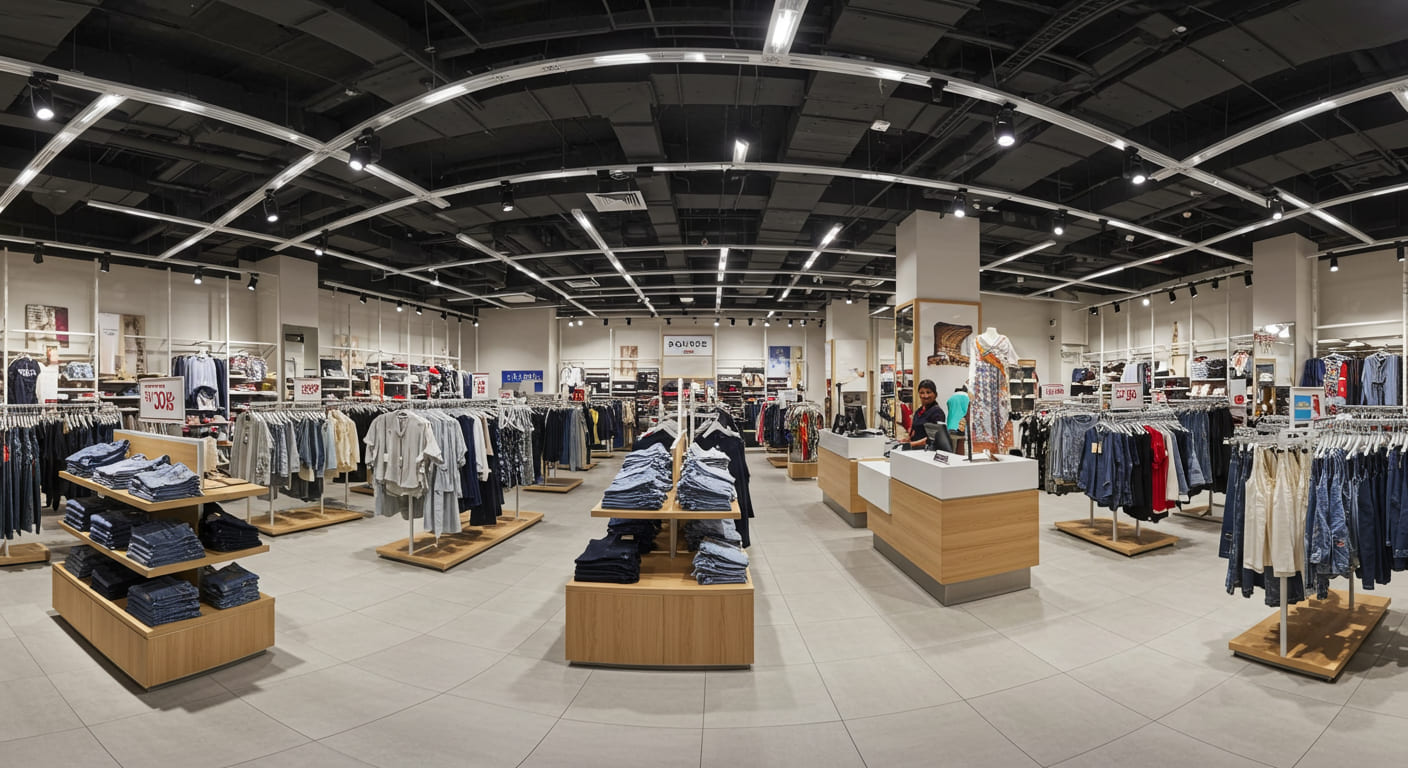
Can I Buy Used Fixtures and Displays from Retail Companies?
Are you hunting for used fixtures1 to save money on a store build-out? This approach often leads to wasted time, mismatched pieces, and a brand image that looks second-hand.
It is very difficult and generally not possible. Retailers are not in the business of selling fixtures. While a closing chain might sell them in bulk, this is not a reliable strategy for getting the quality and specific designs you need.
![A dusty warehouse filled with miscellaneous used store fixtures]https://hicodisplay.com/wp-content/uploads/2025/07/1-A-dusty-warehouse-filled-with-miscellaneous-used-store-fixtures.jpg)
I get asked this question a lot, especially by designers working with tight budgets. The idea of getting high-quality fixtures for a fraction of the cost sounds great. But in my 20+ years of manufacturing them, I can tell you it’s a fantasy for most projects. Retailers see fixtures as part of their infrastructure, like the wiring in the walls. They only get rid of them during a major remodel or a mass closure, and even then, they prefer to deal with liquidators who will take everything at once. This path is a dead end for a professional designer like Mark who needs specific, consistent, and reliable solutions.
What are examples of retail merchandise fixtures?
Are you confused by all the different names for store hardware? Not knowing the right terms can make it hard to communicate your vision to partners and suppliers.
Examples of common fixtures include gondola shelving1 for aisles, slatwall or gridwall for walls, nesting tables for feature areas, mannequins for apparel, and display cases2 for valuable items.

Dive Deeper
These are the building blocks of any retail store. Each one has a specific job. In my factory, we produce thousands of variations of these core types. Let’s look at the most common ones. Gondolas are the workhorses you see in the center aisles of most stores. Slatwall and gridwall systems are versatile panels that cover walls, allowing you to hang shelves, hooks, and bins anywhere you want. Nesting tables are sets of two or three tables of different heights that create layered, interesting displays. Clothes racks, from simple Z-racks to elegant four-way racks, are essential for apparel. And of course, checkout counters and showcases are also fixtures. The key is that a display fixture is any piece of furniture designed specifically to hold and present merchandise for sale. When we work with a designer, the first step is to match their vision to the right type of fixture. From there, we customize it completely—the size, the material, the color—to fit their brand perfectly.
How often should retailers change their displays?
Do your store displays look the same month after month? A static environment becomes invisible to regular customers and fails to create any new excitement or urgency to buy.
Retailers should change their key promotional displays with every major season or marketing campaign, about every 4 to 6 weeks. Core store fixtures can remain longer, but should be refreshed every few years.

Dive Deeper
The right frequency for changing displays depends on the type of display. You have two main categories: promotional displays and core fixtures. Promotional displays, like those on end caps or feature tables at the front of the store, need to change often. They should reflect the current season (like back-to-school or holidays) or a specific sales event. This keeps the store looking fresh and gives customers a reason to see what’s new. Core fixtures, like your main shelving systems, are a bigger investment and stay much longer. However, a great strategy we use with clients is designing modular core fixtures. For example, we can build a gondola system where you can easily swap out a wooden back panel for a metal one, or clip on a new header sign. This allows you to "refresh" your store’s look without the huge cost of replacing everything. A quick change of graphics or a small new component can make a whole section of the store feel new again.
How do retail stores display their merchandise?
Do you just put products on shelves wherever they fit? A random approach to placement looks messy and makes it hard for customers to find what they want or discover new things.
Retail stores display merchandise using strategic techniques. These include creating zones for different categories, using focal point displays to draw attention, and cross-merchandising to suggest additional purchases.

Dive Deeper
Displaying merchandise is a science. It’s not just about filling space. A key method is "zoning." This means grouping similar product categories together, like creating a "men’s grooming" zone or a "kitchen gadgets" zone. This makes the shopping experience logical for the customer. Within these zones, stores use "focal points." This could be a mannequin on a raised platform or a brightly lit table that immediately grabs your eye. This is the first place a customer looks in that zone. Another powerful method is "cross-merchandising." This is the art of placing complementary items together. For example, you display pasta sauce and grated cheese right next to the display of dry pasta. The goal is to increase the basket size. As a manufacturer, our job is to create the hardware that makes these strategies possible. We design fixtures with the right combination of shelves, hooks, bins, and signage areas so a merchandiser can execute their vision for zoning and cross-merchandising perfectly.
What are shop fixtures?
Do you use the terms "shop fixtures" and "displays" to mean the same thing? While they are related, understanding the difference is key to planning a complete and cohesive store environment.
Shop fixtures are the entire set of permanent furniture and equipment used to run a retail store. This is a broad term that includes merchandise displays, but also checkout counters, fitting rooms, and storage shelving.

Dive Deeper
Think of "shop fixtures" as the entire skeleton of the store. It’s every functional piece of hardware inside. "Retail merchandise displays" are a specific type of shop fixture whose job is to present products to customers. So, your slatwall panels are a display, but the checkout counter you pay at is also a shop fixture. The benches in the fitting room are shop fixtures. The backroom storage racks are shop fixtures. The most successful retailers think about their entire fixture package as one cohesive system. This is a huge benefit of working with a factory like mine. A designer can create a custom look, and we can apply that look to every single fixture in the store—from the main gondolas to the cash wrap. This ensures the same quality, same material finishes, and same brand aesthetic throughout the entire space. This level of collaboration between a designer’s vision and the factory’s execution is critical. You can’t achieve that by buying used, mismatched pieces.
Conclusion
Forget the risky hunt for used fixtures. Partnering directly with a manufacturer gives you the custom designs, consistent quality, and cost optimization you need to build a truly successful retail environment.